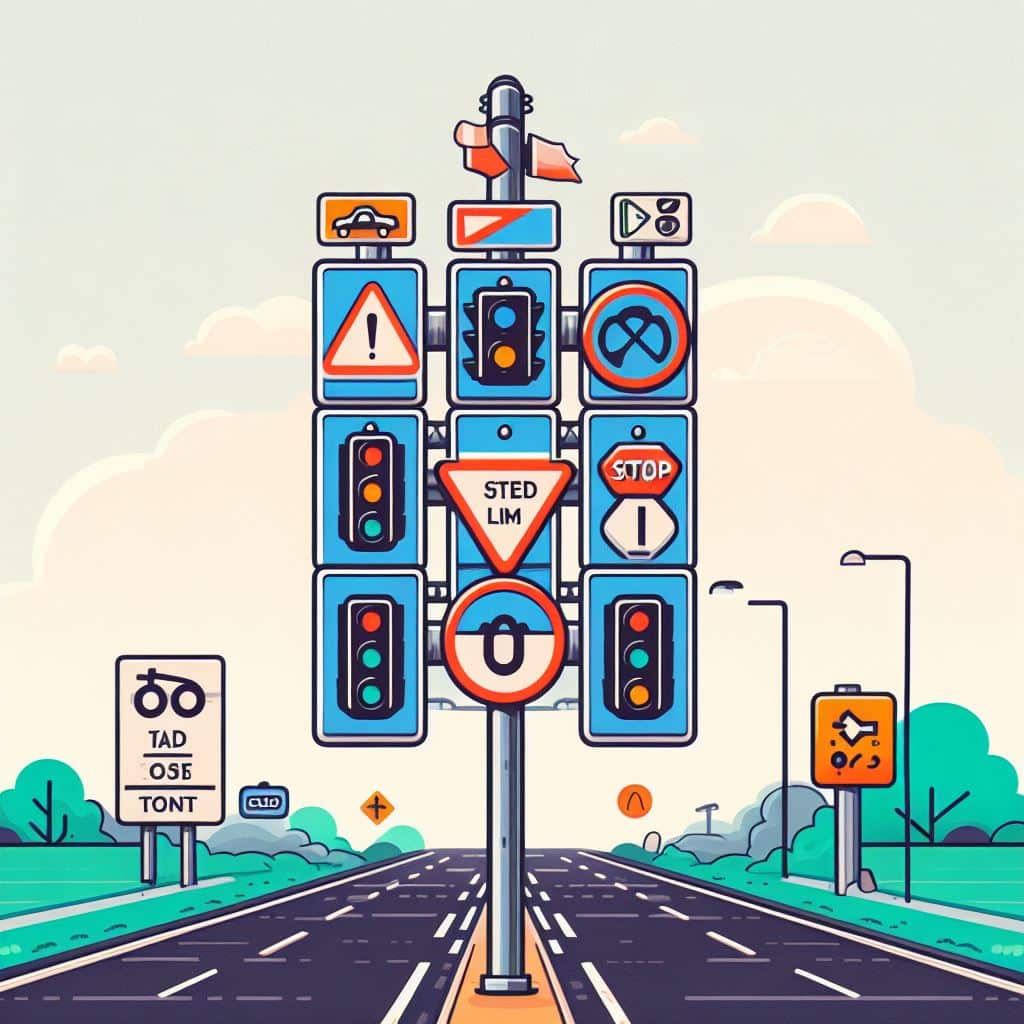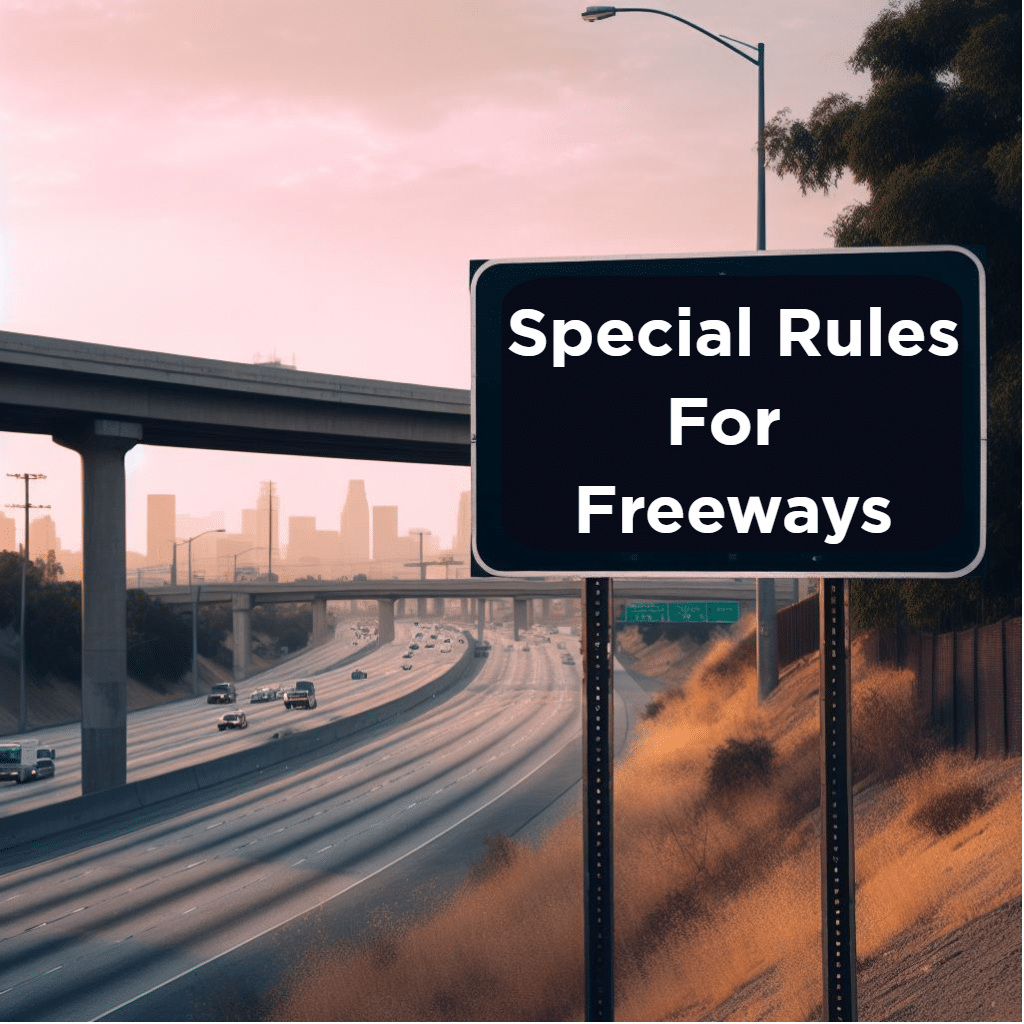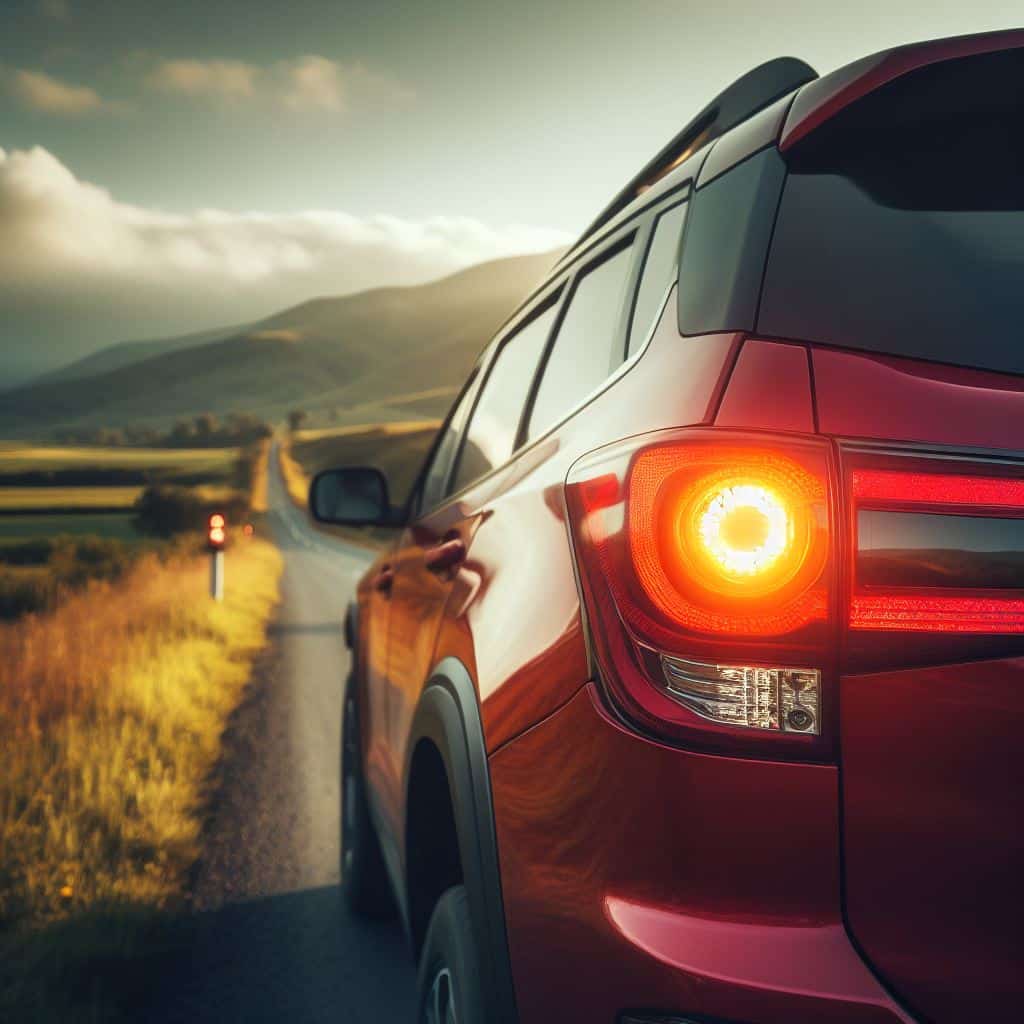Rules of the Road Summary: For Your Learner’s Licence test
If you are planning to get your learner’s licence in South Africa, you need to know the rules of the road. These are the laws and regulations that govern how drivers, pedestrians, cyclists and other road users should behave on public roads. The rules of the road are designed to ensure safety, order and efficiency on the road network. By following the rules of the road, you can avoid accidents, fines, penalties and prosecution. This rules of the road summary was created with info from k53 Master.
In this article, we will provide a summary of the most important rules of the road that you need to know for your learner’s licence test. If you would like to read the full rules of the road, visit this link (FULL RULES OF THE ROAD). We will also refer you to our course site www.k53master.co.za if you need to study any field in the learner’s licence comprehensively.

General Rules of the Road
The general rules of the road summary are as follows:
- Police officers overrule any law of the road. You must obey their instructions and signals at all times.
- Always drive on the left-hand side of any road and overtake on the right. This is the golden rule of driving in South Africa. Study the rules of the road summary in detail in our k53 Learners licence Masterclass
- If the rules of the road are not adhered to, it is a criminal offence, and prosecution of drivers may result.
- Signal your intention early enough to warn other road users. Use indicators, brake lights and hand signals where necessary.
- Indicate before braking. Cancel your indicator after turning or changing lanes.
- Check your blind spot when changing lanes by looking over your shoulder.
- Give right of way to traffic on your right at intersections, unless otherwise indicated by signs or traffic lights.
- Follow the correct procedure when turning left or right. Do not cut corners or swing wide.
- Do not tow a vehicle with faulty brakes, unless you use a tow bar. Towing a vehicle with a rope limits you to a speed limit of 30 km/h.
- Do not stop or park your vehicle in a way that obstructs or endangers other traffic or property. Follow the rules and signs for stopping and parking.
- Stop at all compulsory stop signs and yield signs. Also stop at railway crossings when required.
- Do not use a communication device while driving, such as a cell phone or tablet. This can distract you and cause accidents.
- Wear a seat belt while driving and ensure that your passengers do the same. Seat belts save lives and prevent injuries.
- Do not drive recklessly or without consideration for other road users. This includes speeding, racing, tailgating, weaving, cutting off and other dangerous behaviours.
- Do not drive a vehicle that causes excessive noise, smoke or fumes. This can annoy and harm other people and the environment.
- If you drive a motorcycle, motor tricycle or motor quadrucycle, wear a helmet and protective clothing. Do not carry more passengers than allowed by law.
- If you ride a pedal cycle, wear a helmet and reflective clothing. Ride in single file and keep as close as possible to the left edge of the road.
- If you are a pedestrian, walk on the sidewalk or shoulder of the road if available. If not, walk as close as possible to the right edge of the road facing oncoming traffic.
- Cross the road at designated pedestrian crossings or intersections. Look both ways before crossing and do not run or jaywalk.
- Do not participate in racing or sport on public roads, unless authorised by law.

Special Rules for Freeways
Freeways are special types of public roads that have high speed limits and no intersections or traffic lights. They are designed for fast and efficient movement of traffic over long distances.
To drive safely on freeways, you need to follow these special rules: Rules of the road summary for freeways
- Do not enter or exit a freeway except at an official interchange or ramp.
- Do not drive in the yellow lane or shoulder of a freeway, unless directed by a sign or traffic officer.
- Do not stop or park your vehicle on a freeway, unless in an emergency or breakdown situation. In that case, move your vehicle as far as possible to the left and display an emergency red triangle at least 45 metres behind your vehicle.
- Do not reverse or make a U-turn on a freeway.
- Do not drive slower than the minimum speed limit indicated on a sign, unless necessary for safety reasons.
- Keep a safe following distance from the vehicle in front of you. Use the two-second rule or more depending on the speed and conditions.
- Overtake only on the right-hand side of another vehicle, unless it is turning right or there is congestion on the right-hand lane.
- Do not overtake more than one vehicle at a time or cross any solid line while overtaking.
- Do not drive in the fast lane (the lane furthest from the left) unless you are overtaking another vehicle or there is congestion on other lanes.
- Move back to the left-hand lane as soon as possible after overtaking another vehicle.
- Do not drive across or straddle any lane marking, unless changing lanes or avoiding an obstacle.
- Use your headlights when driving on a freeway between sunset and sunrise, or when visibility is poor.
- Do not use your bright lights when approaching or overtaking another vehicle on a freeway. Switch to dim lights to avoid dazzling other drivers.

Rules of the road summary for Driving Signals
Driving signals are the ways that you communicate your intentions and actions to other road users. They include hand signals, direction indicators, brake lights, head lights and hooters. You need to use driving signals correctly and consistently to avoid confusion and collisions on the road.
Here is the rules of the road summary for driving signals that you need to know:
- Left-turn hand signal: Extend your right arm horizontally outside the driver’s window with your palm facing forward.
- Right-turn hand signal: Extend your right arm upward outside the driver’s window with your palm facing forward.
- Slowing down or stopping hand signal: Extend your right arm downward outside the driver’s window and wave it up and down in a controlled manner.
- Use of direction indicators in lieu of hand signals: You may use direction indicators (flashing lights) instead of hand signals, unless they are not working or visible. In that case, you must use hand signals.
- Signal to indicate intention to reduce speed: You must use your brake lights or hand signal to indicate that you are slowing down or stopping. Do not use your direction indicators for this purpose.
- Use of headlights to indicate intention to overtake: You may use your headlights to indicate that you intend to overtake another vehicle on a freeway or dual carriageway. Flash your bright lights once or twice to alert the driver in front of you. Do not flash your lights excessively or aggressively.
Use of hooter to warn other road users: You may use your hooter (horn) to warn other road users of your presence or of a danger. Do not use your hooter unnecessarily or excessively, such as to express anger or impatience.

Rules of the road summary for Speed Limits
Speed limits are the maximum speeds that you are allowed to drive on different types of roads and under different conditions. Speed limits are indicated by road signs and must be obeyed at all times. Driving faster than the speed limit is illegal and dangerous. Driving slower than the speed limit can also be unsafe and cause congestion. You need to adjust your speed according to the traffic, weather, visibility and road conditions.
Here is the rules of the road summary for the general speed limits that apply in South Africa:
- 60 km/h on any public road within an urban area, unless otherwise indicated by a sign.
- 100 km/h on any public road outside an urban area which is not a freeway, unless otherwise indicated by a sign.
- 120 km/h on any freeway, unless otherwise indicated by a sign.
There are also speed limits for particular classes of vehicles, such as buses, trucks, trailers and caravans. These are usually lower than the general speed limits and are indicated by signs or stickers on the vehicles. You need to know the speed limit for the vehicle that you are driving and follow it accordingly.
Conclusion
These are some of the rules of the road that you need to know for your learner’s licence test. They are not exhaustive, but they cover the main topics that you will be tested on. To learn more about the rules of the road and other fields in the learner’s licence, such as road signs and vehicle controls, we recommend that you visit our course site www.k53master.co.za. There you will find comprehensive and interactive lessons, quizzes and mock tests that will help you prepare for your learner’s licence test. You will also get access to expert tips and advice from experienced instructors. Don’t delay, start learning today and get ready to pass your learner’s licence test with flying colours! I hope this rules of the road summary helped you out. If you require driving lessons, visit Bliksem Driving School for the best driving lessons in South Africa.



